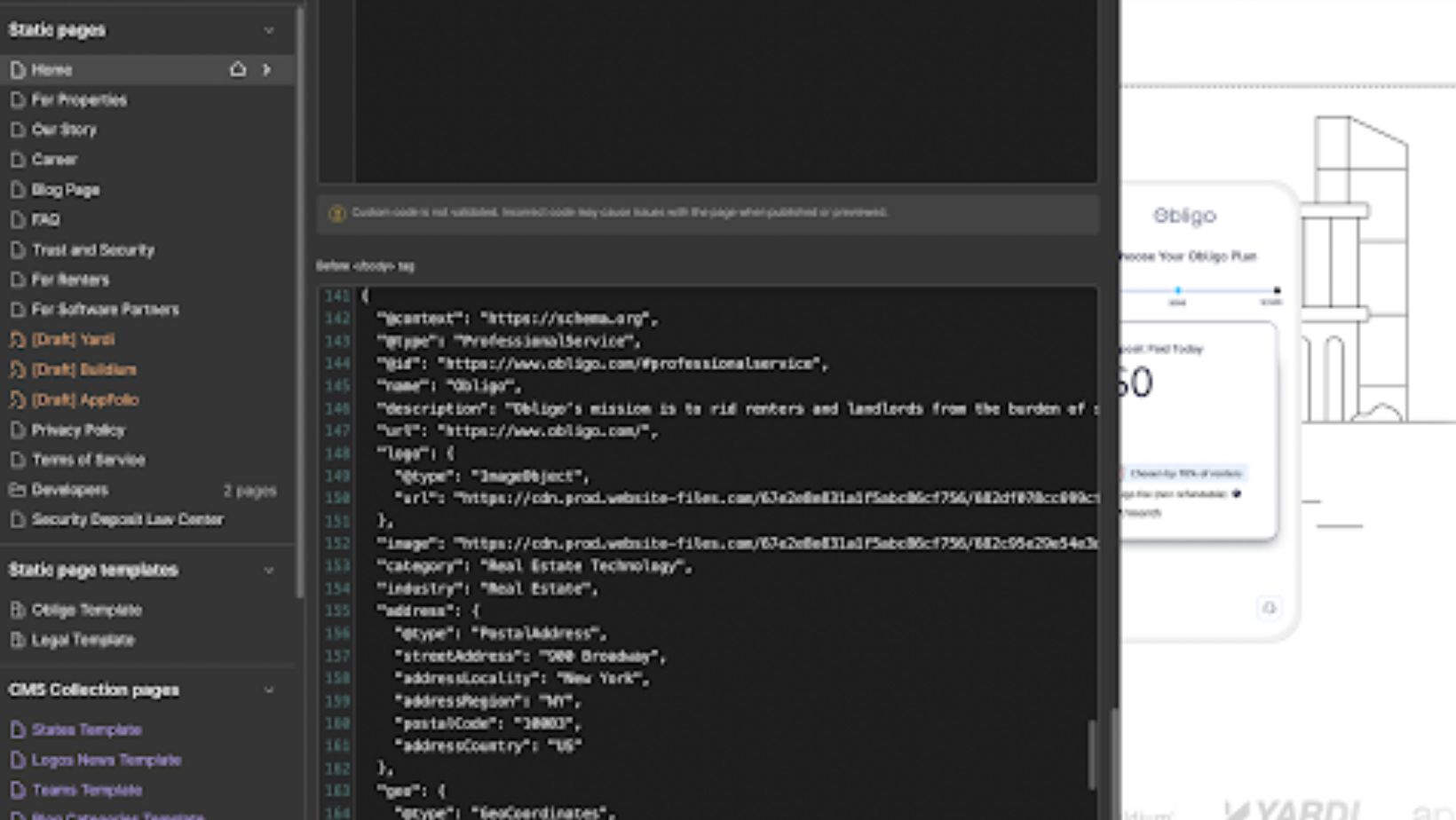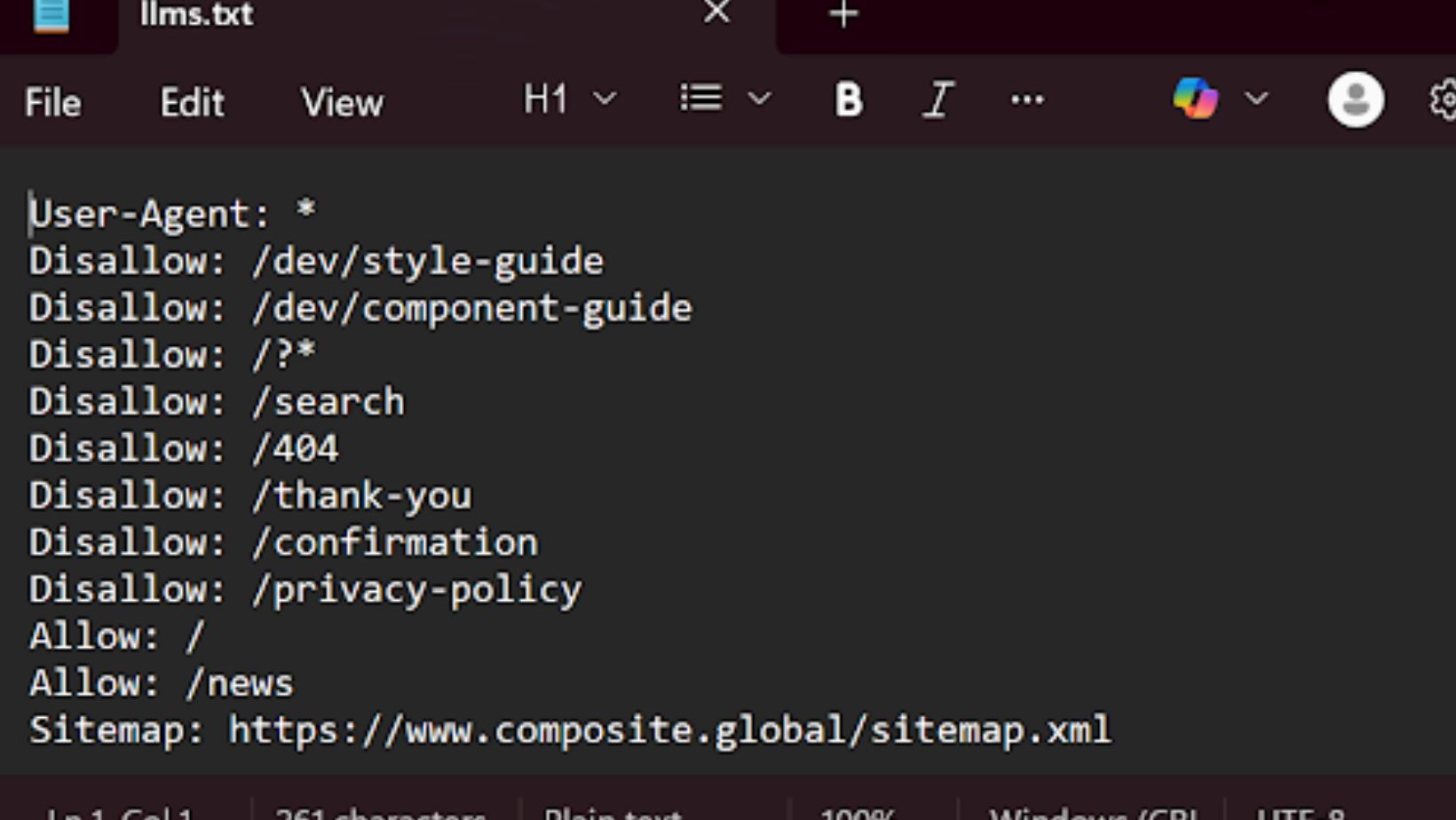
There’s a shift happening on the internet, and it’s more than just visual trends or backend frameworks. The way people interact with websites is evolving, and so are the machines that help them do it.
Voice assistants, chatbots, and AI models like ChatGPT aren’t just browsing, they’re parsing, summarizing, and answering questions using your content. To show up in those responses, your site needs to speak their language. That’s where semantic HTML and a new layer of UX, called Agent Experience (AX), come in.
What Is Semantic HTML, and Why Does It Still Matter?
Semantic HTML refers to using HTML tags that clearly describe the content they contain. Instead of just using generic <div> tags, developers write with purpose:
- <header> for site headers
- <main> for core page content
- <article> for individual blog posts
- <nav> for menus and links
This kind of structure helps browsers, screen readers, and, more recently, AI agents understand what each piece of content is and how it should be treated. It’s a practice rooted in accessibility and good UX, but in 2025, it’s also your site’s best bet for being interpreted correctly by machines.
Think of semantic HTML as subtitles for your website: essential for any tool trying to make sense of what’s on the screen without actually “seeing” it.
Enter AX: Agent Experience
Just like UX (User Experience) focuses on how people interact with your site, AX (Agent Experience) focuses on how AI agents interact with it.
Most websites today are built for humans who scroll, skim, and click. But AI doesn’t scroll, it parses. These agents extract meaning from structure, code, metadata, and context.
Optimizing for AX means:
- Using semantic HTML to define hierarchy
- Writing clear alt text and image descriptions
- Adding structured data like schema markup
- Ensuring fast load times and stable layouts
- Avoiding popups or interactions that block crawling
- Having clear and descriptive CTAs, buttons, and links
The better your AX, the more likely AI will surface your site as a source, include your product in a recommendation, or summarize your service accurately in a smart assistant response.
Semantic HTML Supports Accessibility and SEO
Semantic HTML isn’t just for AI. It’s also one of the building blocks of a more inclusive internet.
When used correctly, it helps:
- Screen readers identify and navigate content more easily
- Users with disabilities understand page structure
- Search engines correctly rank and display your content
Google’s crawler still cares deeply about semantic structure, and so do models trained on search data. If you want to improve your visibility across SEO and AI tools, semantic HTML is one of the most effective, low-lift strategies you can use.
Supporting accessibility is non-negotiable, and it’s an added bonus that the same principles boost AX and SEO at the same time.
Bonus: Help AI Help You with llms.txt
As AI tools continue to index the web, there’s a growing movement to help sites manage how they’re crawled by large language models. Enter llms.txt.
This new protocol is similar to robots.txt, but built specifically for AI. It lets you:
- Indicate which parts of your site should (or shouldn’t) be included in AI training (content behind paywalls, internal pages, etc. should not be parsed)
- Set guidelines for citation and attribution
- Link to licensing or contact info for your content
Note: Not all language models support this yet, but adoption is growing, and early implementation shows you’re proactive and transparent.
Looking for a step-by-step guide on how to generate and implement llms.txt? Read SEO for ChatGPT: Help LLMs Understand Your Website.
Final Thoughts
The web is evolving, and your site needs to evolve with it.
Good UX isn’t just about colors and buttons. It’s about clarity, structure, and access for people and for machines. By using semantic HTML and optimizing for Agent Experience, you’re not just making your site more readable, you’re making it more discoverable, trustworthy, and future-proof.
Whether you’re building a blog, an app, or a small business storefront, the message is the same: structure matters. Because today, you’re not just designing for screens. You’re designing for systems that read between the lines.














